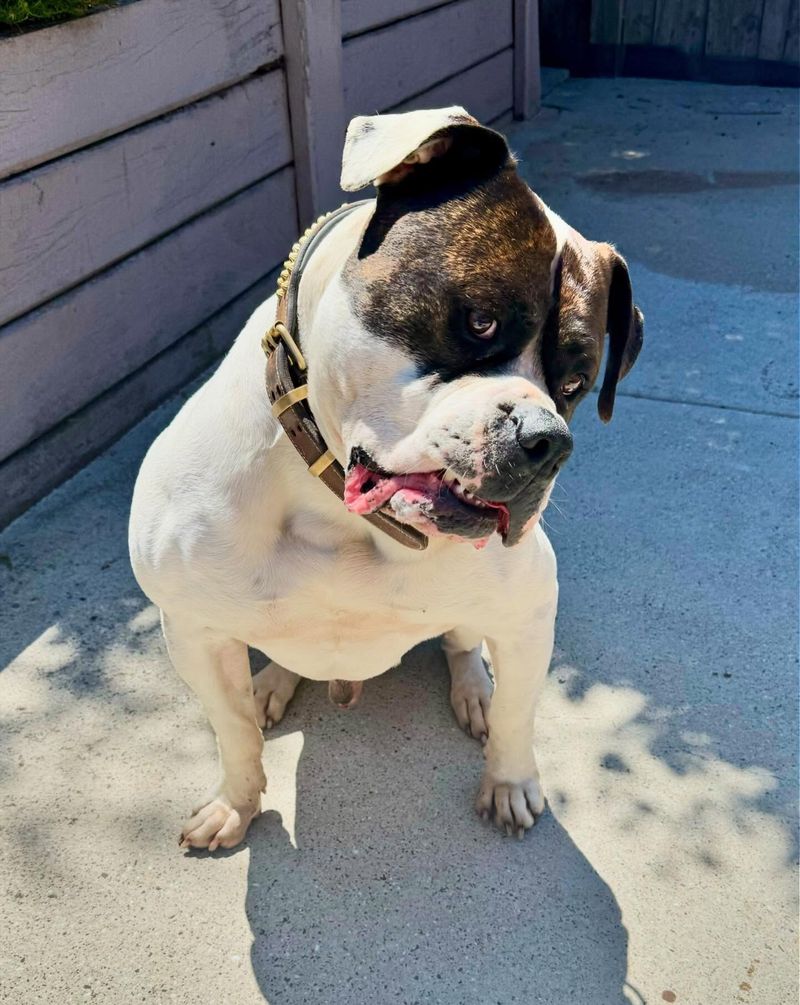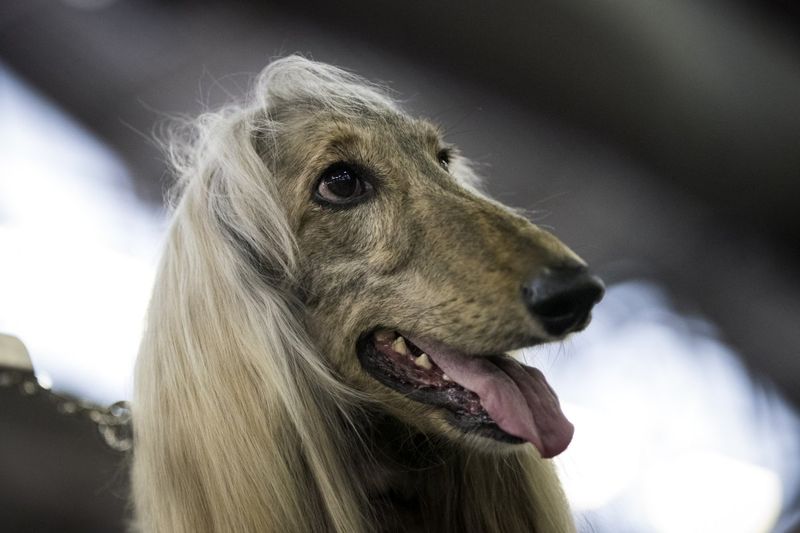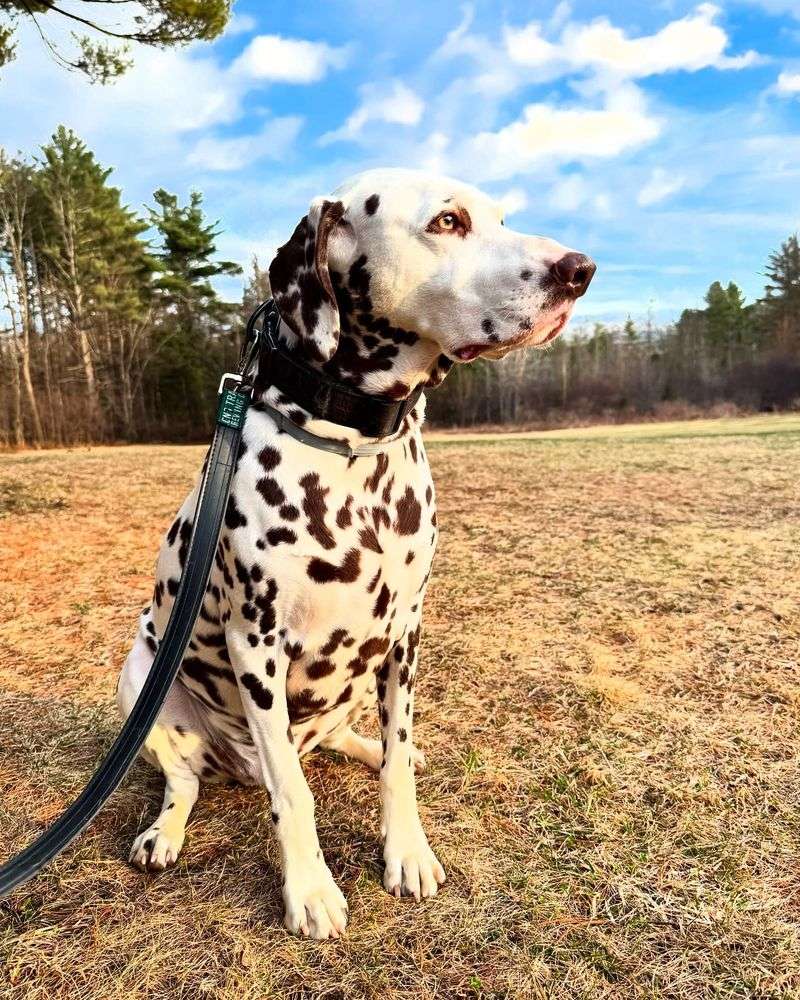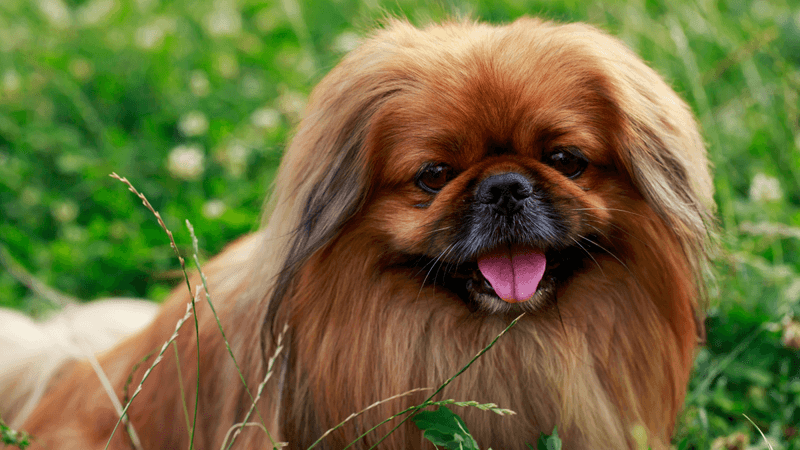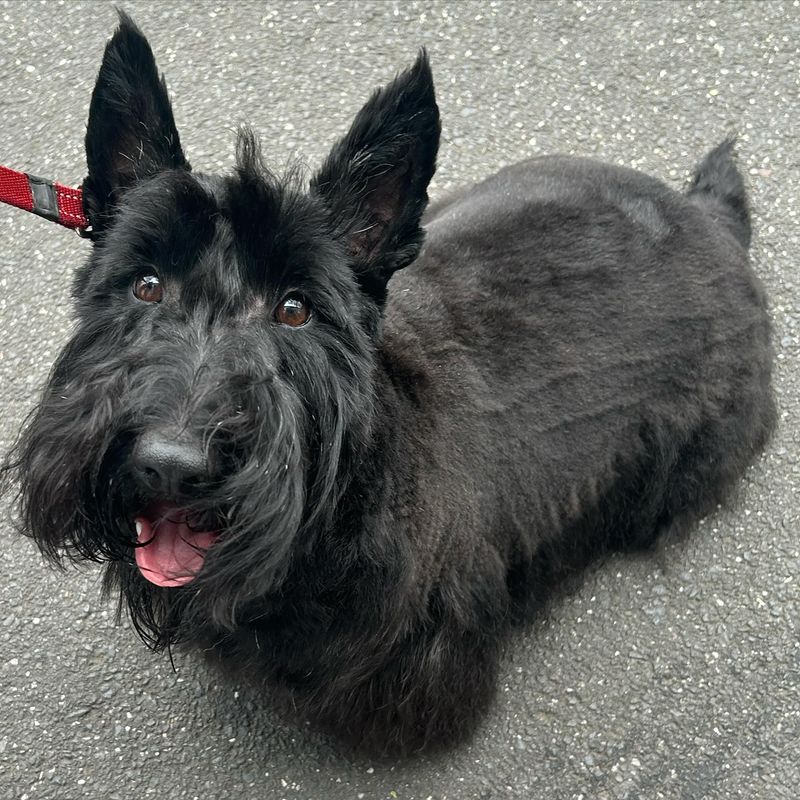Training a dog can be a rewarding and challenging experience. While some breeds are naturally more inclined to follow commands and learn new tricks, others can present more of a challenge. This blog post explores 15 dog breeds that are known for being difficult to train. Each breed presents unique challenges due to their temperament, intelligence, or instinctual behaviors. Understanding these challenges can help potential owners prepare for the adventure of training these lovable yet stubborn companions.
Basenji
Known as the ‘barkless dog,’ the Basenji’s intriguing trait doesn’t make it any easier to train. Their expressive faces and energetic demeanor can be both charming and challenging.
Originally hunting dogs in Africa, Basenjis are intelligent and quick, but their independent streak makes training a test of patience. Their tendency to become bored means training sessions need to be short and varied.
A lover of mischief, the Basenji requires a creative and engaging approach to teaching commands. Their unique vocalizations add an unexpected twist to their personality.
Bulldog
Bulldogs are known for their adorable wrinkles and determined nature. These traits, however, can make training a bit of a mission.
Despite their stubbornness, Bulldogs are gentle and affectionate. They may not be eager to follow commands, but their loyalty is unmatched. Patience and positive reinforcement work best with these lovable companions.
Their history as bull-baiting dogs may contribute to their tenacity, but modern Bulldogs are all about comfort and companionship. Training requires consistency and a lot of encouragement to keep them motivated.
Chow Chow
Chow Chows, with their lion-like appearance, are as independent as they are fluffy. Their aloof nature often translates to training challenges.
Known for their loyalty to family, they can be wary of strangers. This protective instinct requires careful socialization and training to manage.
Their stubborn streak is well-known, so consistent and firm training is essential. Understanding their history as guard dogs can help in approaching their training with respect and patience.
Afghan Hound
With a striking appearance, the Afghan Hound is known for its independence. This breed often seems aloof, making training a bit of a puzzle. Their beautiful long coats require regular grooming, but their minds are not as easily maintained.
Despite their aristocratic demeanor, Afghan Hounds love to run and can be quite playful. However, their stubbornness in training is legendary, often leading trainers to question their methods.
Understanding their history as hunting dogs explains their independent nature, but patience and creativity are key in training these stunning creatures.
Dachshund
With a bold personality packed in a small body, Dachshunds are both charming and challenging. Their name means ‘badger dog’ in German, hinting at their hunting origins.
Dachshunds are curious and lively, often more interested in exploration than obedience. Their stubbornness and independent nature can turn training into a game of wills.
Positive reinforcement and patience are key, as is a sense of humor to match their playful antics. Despite the challenges, their loyalty and affection make the effort worthwhile.
Dalmatian
Dalmatians are energetic and intelligent, with a history as carriage dogs. Their high energy levels and smart minds require consistent and engaging training.
This breed’s enthusiasm can sometimes lead to stubbornness, making training an exercise in creativity. Structured activities help channel their energy positively.
Socialization is key for Dalmatians, helping them to manage their natural instincts. Their striking appearance and spirited nature make them a favorite, but they require an experienced hand to train effectively.
Jack Russell Terrier
Jack Russell Terriers are small dogs with big personalities. Their intelligence and boundless energy can be both a delight and a challenge.
Originally bred for fox hunting, they have a strong prey drive and a love for digging. This makes training a necessity to manage their inquisitive nature.
Their stubbornness requires a firm yet gentle approach, with plenty of mental stimulation to keep them engaged. Despite the hurdles, their lively spirit makes them a rewarding companion.
Pekingese
Pekingese dogs, with their regal look, were once favored by Chinese royalty. Their independent nature and pride make them a training challenge.
This breed loves comfort and may resist commands that don’t suit their royal demeanor. Patience and a gentle touch are needed to earn their cooperation.
Their history as lap dogs means they enjoy companionship but on their terms. Understanding this balance of independence and affection is key to successful training.
Pug
Pugs are known for their charming, comical expressions and affectionate nature. However, their stubbornness can make training a test of patience.
Their love for food is a useful tool in training, but consistency and positive reinforcement are essential. Pugs enjoy play and interaction, which can aid in keeping training sessions engaging.
Their sociable nature means they thrive on companionship, but they may choose to ignore commands if they feel like it. Understanding their playful personality helps in crafting effective training methods.
Scottish Terrier
Scottish Terriers, or ‘Scotties,’ are independent and spirited. Their dignified demeanor comes with a side of stubbornness.
This breed’s strong-willed nature can make training a challenge, requiring patience and consistency. Their love for digging and exploring can lead them astray if not guided properly.
Despite their independent streak, Scotties are loyal and affectionate to their families. Structured training that respects their intelligence ensures a well-balanced companion.
Shih Tzu
Shih Tzus are known for their delightful personalities and luscious coats. Their stubborn nature can be a hurdle in training.
Originally bred as companion dogs for Chinese royalty, Shih Tzus enjoy being pampered. This can lead to challenges in obedience training as they might prefer lounging over learning.
Using positive reinforcement and patience, trainers can harness their affection and playfulness to teach commands. Despite the challenges, their loving nature makes them wonderful companions.
St. Bernard
With a heart as big as their stature, St. Bernards are gentle giants. Their size belies a sweet nature, but their stubbornness can make training hard.
Bred for rescue work in the Swiss Alps, these dogs are strong and resilient. Patience and consistency in training are necessary to harness their natural instincts positively.
Their love for people makes them eager to please, but a firm hand is required to guide their training effectively. Their gentle demeanor rewards those who invest the time in proper training.
Weimaraner
Weimaraners are athletic and intelligent, known for their sleek grey coats. Their energy and intelligence require experienced training.
This breed’s enthusiasm for life can translate to stubbornness, making training a creative endeavor. Regular exercise and mental stimulation are essential to keep them focused.
Their hunting background adds to their drive, requiring structured training to manage their instincts. Despite the challenges, their loyalty and affection make them cherished companions.
Yorkshire Terrier
Yorkshire Terriers, or ‘Yorkies,’ bring a big personality in a small package. Their feisty nature and intelligence make them a spirited challenge.
Originally bred for ratting, they have a strong will and a lively demeanor. This requires a firm yet gentle approach in training to channel their energy positively.
Their affectionate side is easily triggered with positive reinforcement, making them responsive to structured training. Despite their challenges, their charm and loyalty endear them to many.


